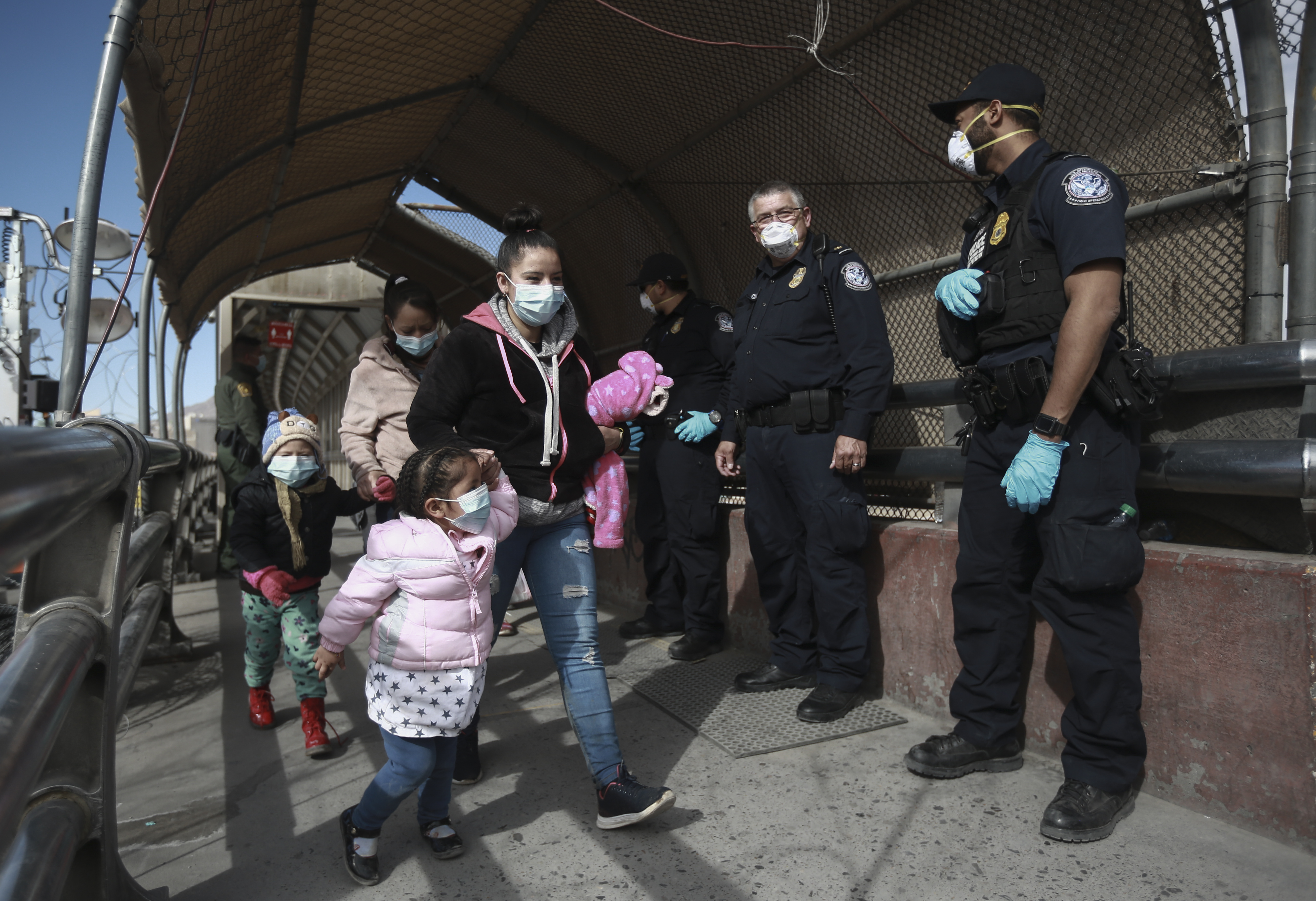
A group of 21 US states have argued that the Biden administration’s plan to lift a contentious border restriction that barred most asylum seekers from seeking protection at the US-Mexico border was made without sufficient consideration of the effects it would have.
Drew Ensign, a lawyer representing the states involved in the legal challenge, told US District Judge Robert Summerhays on Friday that their lawsuit was “not about the policy wisdom” behind the announcement to end the policy on May 23.
Rather, Ensign argued that the US Centers for Disease Control and Prevention (CDC) did not follow proper administrative procedures requiring public notice and the gathering of comments on the decision to end the restrictions imposed under what is known as Title 42.
More than 1.8 million Title 42 expulsions have been carried out since March 2020, when the policy was first invoked under former President Donald Trump’s administration as the nation was going into lockdown due to COVID-19.
Rights groups have said the move was made largely to deter asylum at the border, however.
Title 42 has allowed US authorities to quickly expel most asylum seekers who arrived at the border without giving them chance to request protection in the country, which rights groups said violated US and international law.

The lawsuit came after the Department of Homeland Security (DHS) announced on April 1 that the restriction would be lifted by May 23 after the CDC said it was no longer needed.
Arizona, Louisiana and Missouri quickly sued and were later joined by 18 other states in the legal challenge being heard on Friday. Texas sued independently.
The states have alleged that proper consideration was not given to the resulting increases in border crossings and their possible effects, including pressure on state healthcare systems and the diversion of border law enforcement resources from drug interdiction to controlling illegal crossings.
Jean Lin, with the Department of Justice, argued on Friday that the CDC was within its authority to lift an emergency health restriction it felt was no longer needed. She said the CDC order was a matter of health policy, not immigration policy.
“There is no basis to use Title 42 as a safety valve,” Lin told Summerhays.
Several migrant advocacy groups have asked Summerhays to at least allow Title 42 to be lifted as planned in California and New Mexico, two border states that have not challenged the administration’s decision.
But the effort to end the policy came just months before crucial US midterm elections in November, and it appeared to have emboldened some Republicans who want to make immigration an issue before the vote.

“Ending refugee protection for those fleeing violence and human rights violations is a betrayal of the Democrats’ supposed values and our nation’s identity,” Frank Sharry, executive director of America’s Voice, a group that advocates for immigration reform, said in a statement on Wednesday.
“It will do nothing to stop Republican attacks and falsehoods over the border, and it will do nothing to modernize our immigration system so that it serves our interests and reflects our values,” Sharry said in a statement.
US authorities stopped asylum seekers more than 221,000 times at the Mexican border in March, a 22-year high. Many of those were repeat crossers.
Title 42 authority has been applied unevenly across nationalities. Mexico has agreed to take back migrants from Guatemala, Honduras, El Salvador and Mexico — but largely refused to take back people from other countries.
Under Title 42, the US has flown Haitian asylum seekers, including those who had not lived in the country for years, to the crisis-stricken nation on board deportation flights.
Earlier this year, however, US border officials exempted Ukrainians fleeing the war from Title 42 expulsions and allowed them to enter the US through the US-Mexico border.







